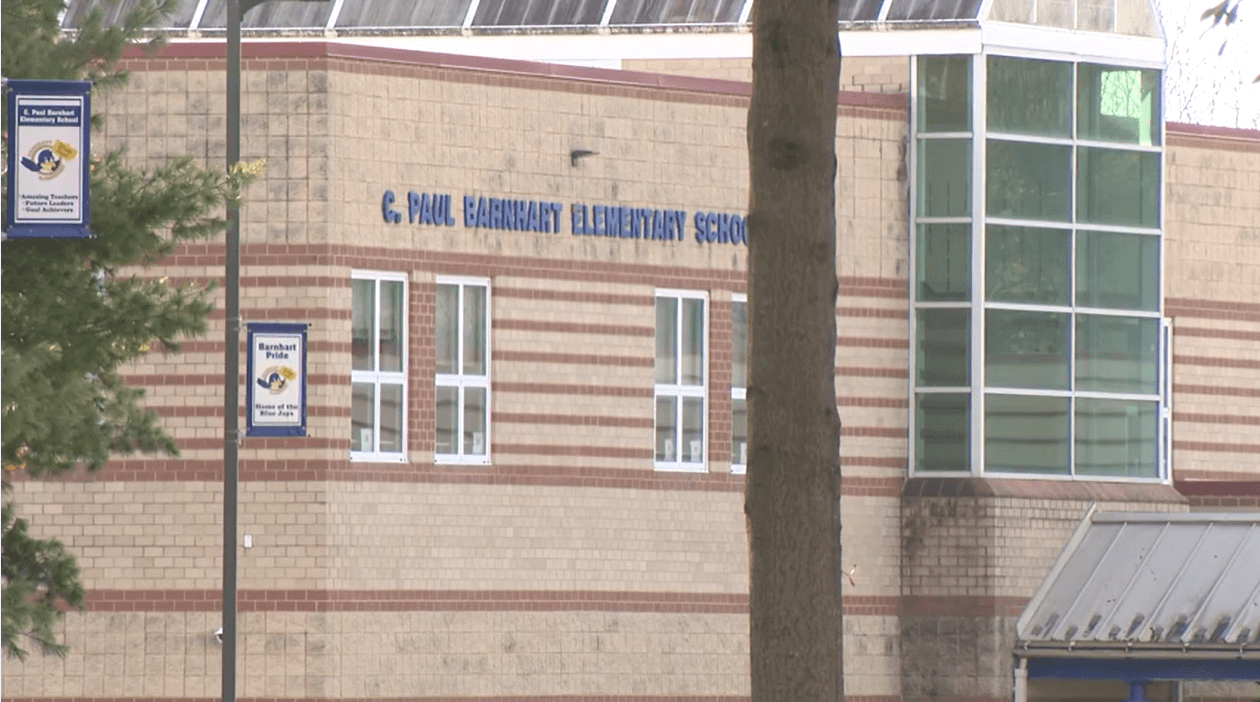NORFOLK, Va. (WAVY) — Every port on the East Coast was thrown for a loop after the accident and collapse at the Key Bridge in Baltimore.
But no port was thrown for more of a loop than the Port of Virginia in Hampton Roads.
Thursday, port leaders held their State of the Port address, which talked about the issues in Baltimore and the challenges that arose because of it for the Port of Virginia.
Stephen Edwards, CEO and executive director of the Virginia Port Authority, reminded the 500 people gathered at the Virginia Beach Oceanfront Marriott that they’ve expanded its hours of operation to compensate for additional truck traffic. It remains a challenge, but the port has received high marks for efficiency.
“It means being Virginia’s primary economic engine,” Edwards said. “It’s what it means to be America’s most modern gateway.”
After his remarks, Edwards outlined the three big takeaways from his speech.
“We’ve proven to ourselves, again, with the help we’ve provided in all the ultimate categories that we truly have got great resiliency in this port,” Edwards said. “We’ve developed and invested in a very modern gateway, and … we are going to lead our industry in innovation.”
Edwards spoke about the port’s efficiency that was profiled in a 10 On Your Side report in which Baltimore trucker Peter Palmer, who had traveled more than four hours from his home to the Virginia International Gateway Terminal, praised the Port of Virginia’s reservation system — which he called innovative — to pick up and drop off containers in the port.
“It’s more efficient here, much more efficient than Baltimore, yes,” Palmer said. “The appointment system you have here is much more efficient. The wait times in Baltimore are ridiculous. … “I don’t know why other ports don’t get the reservation program they have here because this is the best port I’ve ever been to in my life. I don’t mind coming here every day. … The reservation system allows you do other things, and then come to the port at a set time.”
The port CEO saw the interview and noted what the Baltimore trucker had said, calling it a reaffirmation of what the port is doing, and said it was great for port workers to see that also.
“There is nothing better than an endorsement from a user,” Edwards said. “That is what I would say. We can promote ourselves, but to actually have a user come in and say he’s had a fantastic user experience, we need to repeat that 9,000 times every day so that everybody who comes to call on our terminals gets that same experience. …
“The big three takeaways are, we have proven ourselves through the pandemic. We have proven to ourselves again with the help we have provided, in all the categories, that we truly have great resiliency in this port, that we have developed and invested in a very modern gateway, and that we are going to lead our industry in innovation.”
Edwards noted how the Port of Virginia reached out to its counterpart in Baltimore and offered its help. Since the Key Bridge collapse, the Port of Virginia has handled between 15,000 and 20,000 containers.
“Our customer service team went up to Baltimore, met with the Maryland Trucking Association,” Edwards said. “VDOT worked with the Maryland DOT on how you can get hazardous cargo or overweight cargo through our road systems versus the Maryland road systems. It was a true team effort.”
Edwards also went through a timeline on goals met or to meet.
He boasted in January the port was 100% clean energy, and in March, they were involved in creating a wider channel. This month, the port will be expanding the central rail yard, and by August 2025 the port will be the deepest channel on the U.S. East Coast.
Edwards talked about how all this leads to what he calls the port’s spotlight.
“What I would say about the state of the port is we’ve had the spotlight on us because of Baltimore,” Edwards said. “Now we’ve got a room full of people, some of whom do business here, some of whom don’t yet do business here, and they’re all getting together to talk about what more we can do in Virginia. That’s what this is about.”
Edwards noted that the port powers 565,000 jobs and impacts $63 billion in gross domestic product.
What is the port’s top goal for the future?
“What we then have to do is to attract the developers to our part of the world, so they choose Virginia,” Edwards said. “So that’s the next phase. That’s how we bring more and more people to come and do their business in Virginia as opposed to somewhere else.”

























































